The hunting of Seabass Dicentrarchus labrax
In this video

It is not unusual to come across the Seabass (or sea bass) Dicentrarchus labrax, in our seas, it is one of the easiest predatory fish to encounter along the coasts and in the first 15 meters of depth. Instead, it is more difficult to see him while hunting, in fact the sea bass usually hunt and the presence of an intruder or possible competitor most of the times makes them flee towards less crowded waters. Spigola in caccia Dicentrarchus labrax Seabass in hunting intotheblue.it
In the video we see how a bass tries to catch some Big-scale sand smelt Atherina boyeri with lightning fast and very fast ambushes. I tried to film a couple of them and I had to slow down the video to try to see them better.
Atherina boyeri, Sarpa Salpa and mullets (Mugil cephalus) are usually the preferred preys of sea bass and try to save themselves by massing in flocks to try to divert the attention of the predator so as to disorient it.

Usually it is understood that in the area there is a predator hunting for this reason, the fish that live in a pack swim quickly and nervously, the change of direction of one or a few individuals makes the whole pack move quickly. In this case it was enough to stand still and wait for them to come back to the rocks to make the bass reveal itself. Initially he continued to hunt the small fishes careless of my presence and making himself be filmed, then he approached indifferently to check and then continue to hunt without making too many problems.

Sea bass is widespread in the temperate and subtropical north-east Atlantic from Norway to Senegal, in the Mediterranean Sea, where it is common, and in the Black Sea. It is not present in the White Sea, the Barents Sea, the Baltic Sea and the Caspian Sea. In the northern part of the range it migrates to deeper waters in winter.

It is a strictly coastal species (occasionally it can be up to a hundred meters deep) that populates all kinds of environments near the shore, both with hard and sandy bottoms. Being very euryhaline it penetrates regularly, especially in summer, in the brackish waters of lagoons and foci. It can often reach completely sweet waters. It has demersal habits. The juveniles are stationed mainly in brackish waters.

Hunting especially at night. It feeds on invertebrates of various kinds such as crustaceans, molluscs and fish. The juveniles mainly catch invertebrates, the adults feed almost exclusively on other fish such as eels and dairy and mullet.
https://it.wikipedia.org/wiki/Dicentrarchus_labrax


















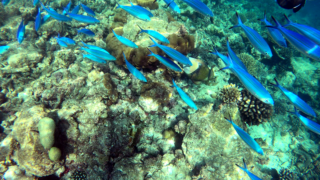

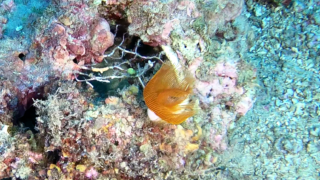
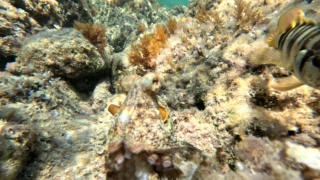
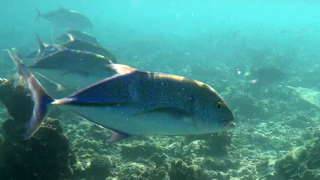

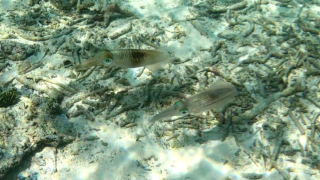
You must be logged in to post a comment.